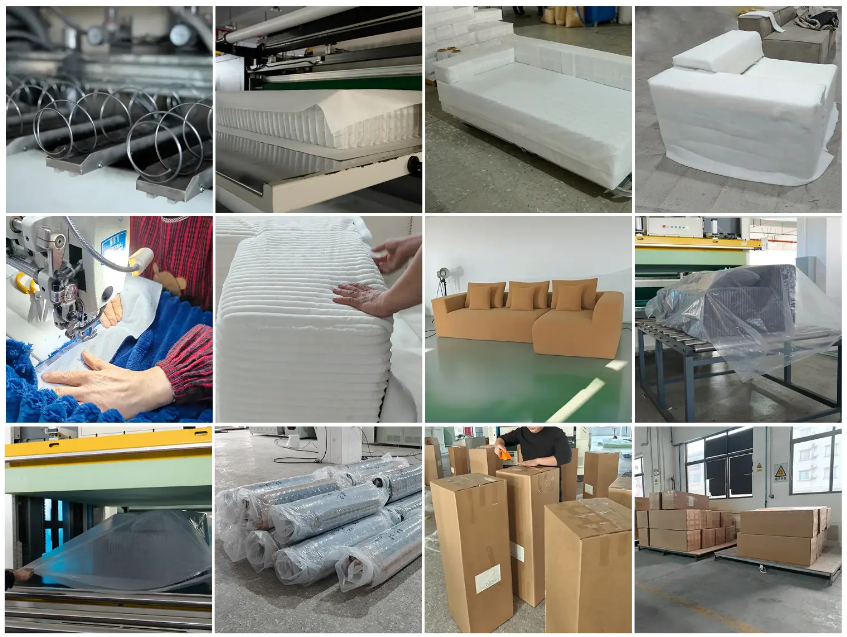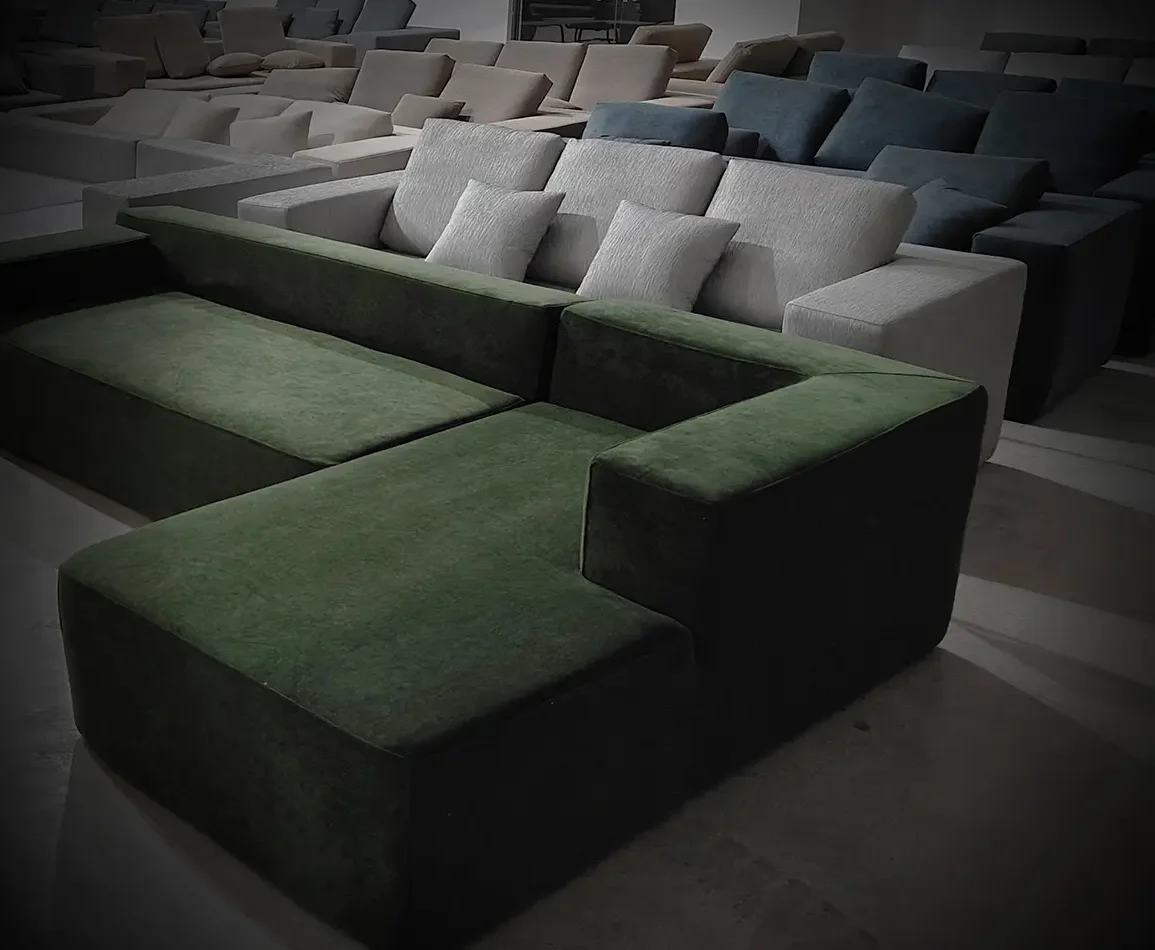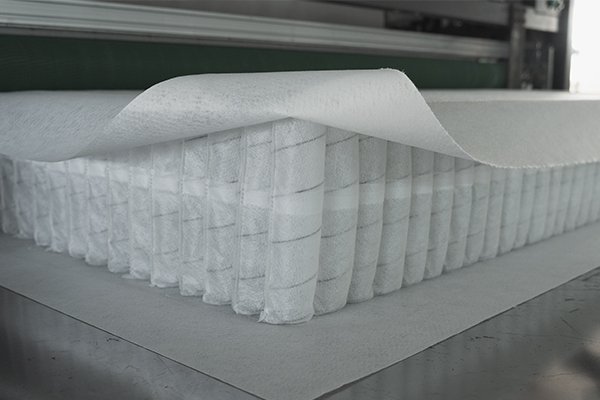
Moving furniture can be a hassle, especially when dealing with bulky sofas. But are compressed sofas truly easier to transport than traditional ones?
Compressed sofas come vacuum-sealed in compact packaging, reducing their size and weight, making them easier to ship, store, and move compared to traditional sofas.
Let’s explore the key factors that impact the transportation of both sofa types.
How Does Packaging Affect Transportability?

One of the biggest advantages of compressed sofas is their compact packaging. Unlike traditional sofas, which maintain their full size, compressed sofas are vacuum-sealed and packed into manageable boxes, making transportation significantly easier.
Packaging Comparison
| Feature | Compressed Sofas | Traditional Sofas |
|---|---|---|
| Packaging Size | Small, vacuum-sealed box | Full-size, bulky structure |
| Weight | Lighter due to compact design | Heavy, difficult to move |
| Handling Ease | Can be carried by one person | Requires multiple people |
| Storage Space | Requires minimal space | Requires significant space |
Compressed sofas save space during shipping and storage, making them ideal for warehouses, retail stores, and apartments with limited access.
How Do Shipping Costs Compare?

Shipping a sofa can be expensive, but compressed sofas significantly reduce these costs. Traditional sofas take up more space in delivery trucks and require freight shipping, leading to higher expenses.
Shipping Cost Differences
| Factor | Compressed Sofas | Traditional Sofas |
|---|---|---|
| Shipping Method | Standard parcel shipping | Freight shipping, higher cost |
| Space Required | Smaller box, easy to stack | Takes up more cargo space |
| Delivery Fees | Lower due to reduced volume | Higher due to size & weight |
Retailers and consumers benefit from lower shipping fees when purchasing compressed sofas, making them a budget-friendly option.
Are Compressed Sofas Easier to Carry and Move?

Traditional sofas are difficult to maneuver, especially in tight spaces. Compressed sofas, packaged in a compact box, are much easier to carry through doorways, elevators, and staircases.
Movement & Installation Benefits
- Single-person transport: Compressed sofas can be lifted and moved by one person, whereas traditional sofas often require two or more.
- Fits through narrow spaces: The compact box format allows it to pass through small doors, hallways, and apartments.
- Less risk of damage: Traditional sofas can scrape walls and floors during transport, while compressed sofas avoid these risks.
Once delivered, compressed sofas are easy to set up. Most models require minimal assembly, often taking just 15–45 minutes.
Are There Downsides to Compressed Sofa Transportation?

While compressed sofas offer significant transport benefits, there are some challenges to consider:
- Assembly Required – Unlike traditional sofas that arrive fully assembled, compressed sofas require setup, which might be inconvenient for some buyers.
- Potential Damage During Decompression – If not properly handled, rapid decompression can affect foam recovery and fabric appearance.
- Limited Styles Available – Due to compression limitations, some sofa designs and materials may not be suitable for this format.
However, modern manufacturing techniques have addressed many of these concerns, making compressed sofas a reliable choice.
Conclusion
Compressed sofas are significantly easier to transport than traditional sofas due to their compact packaging, lightweight design, and lower shipping costs. Whether moving into a new home or ordering online, they provide a hassle-free experience. If convenience and affordability are priorities, a compressed sofa is the way to go.